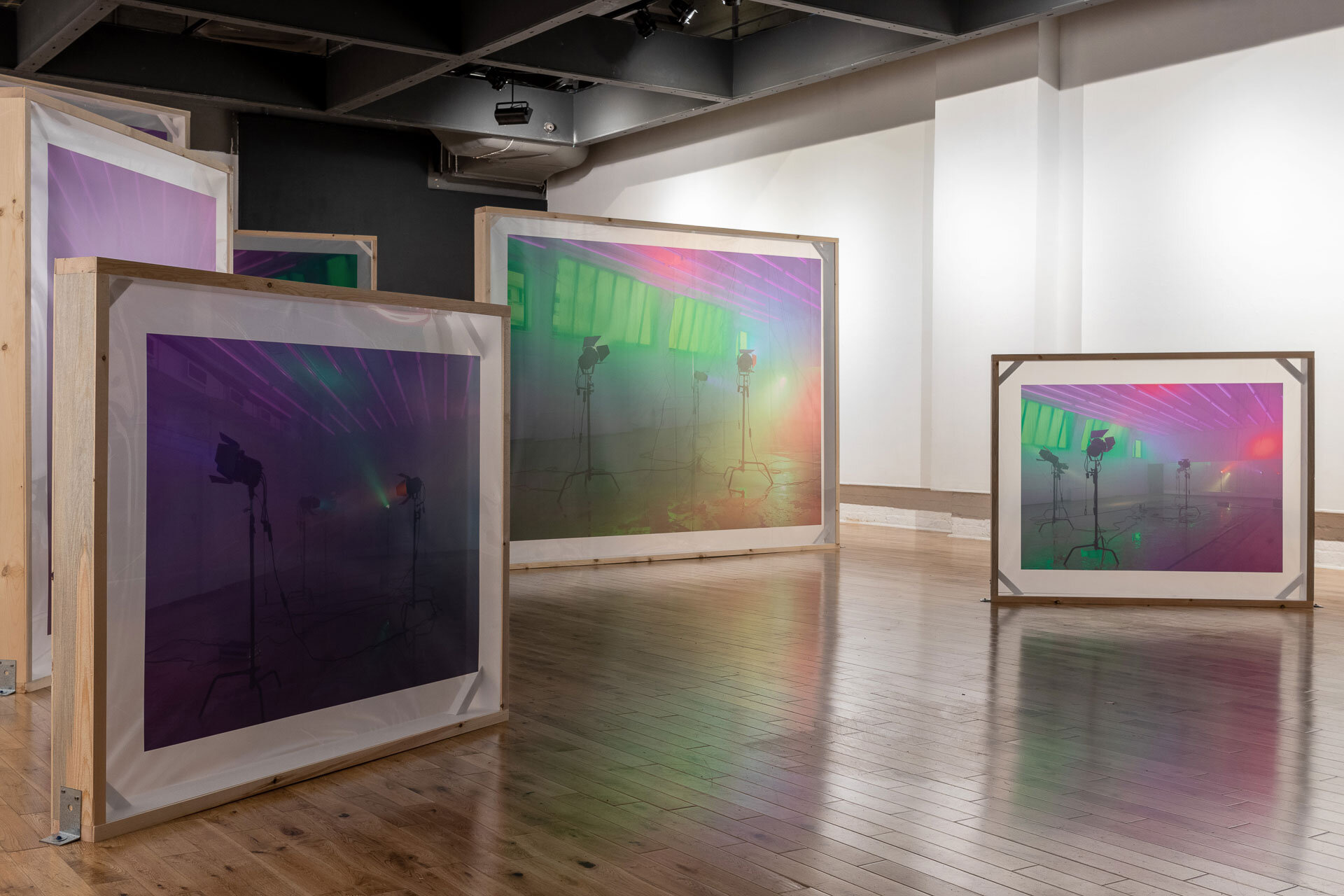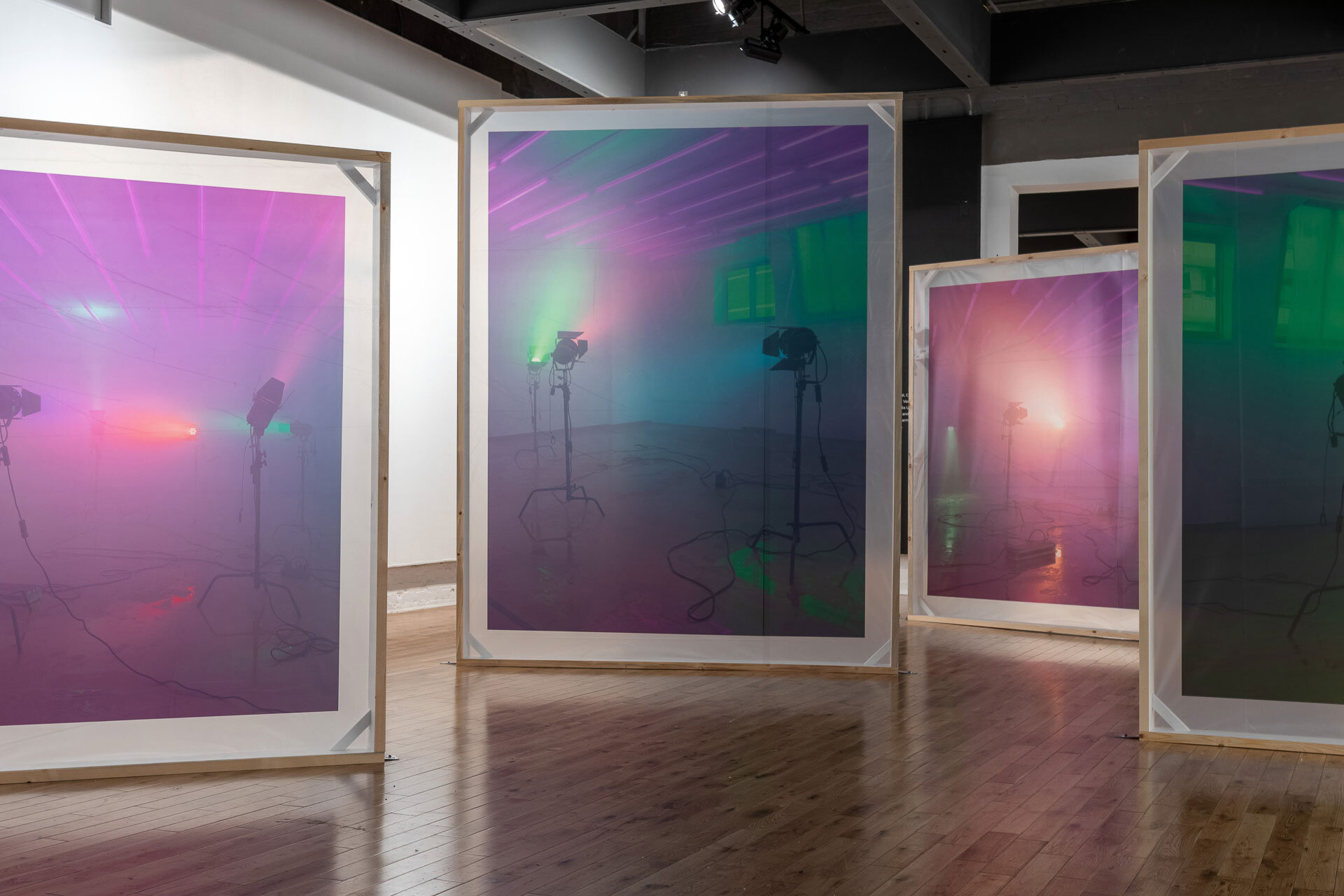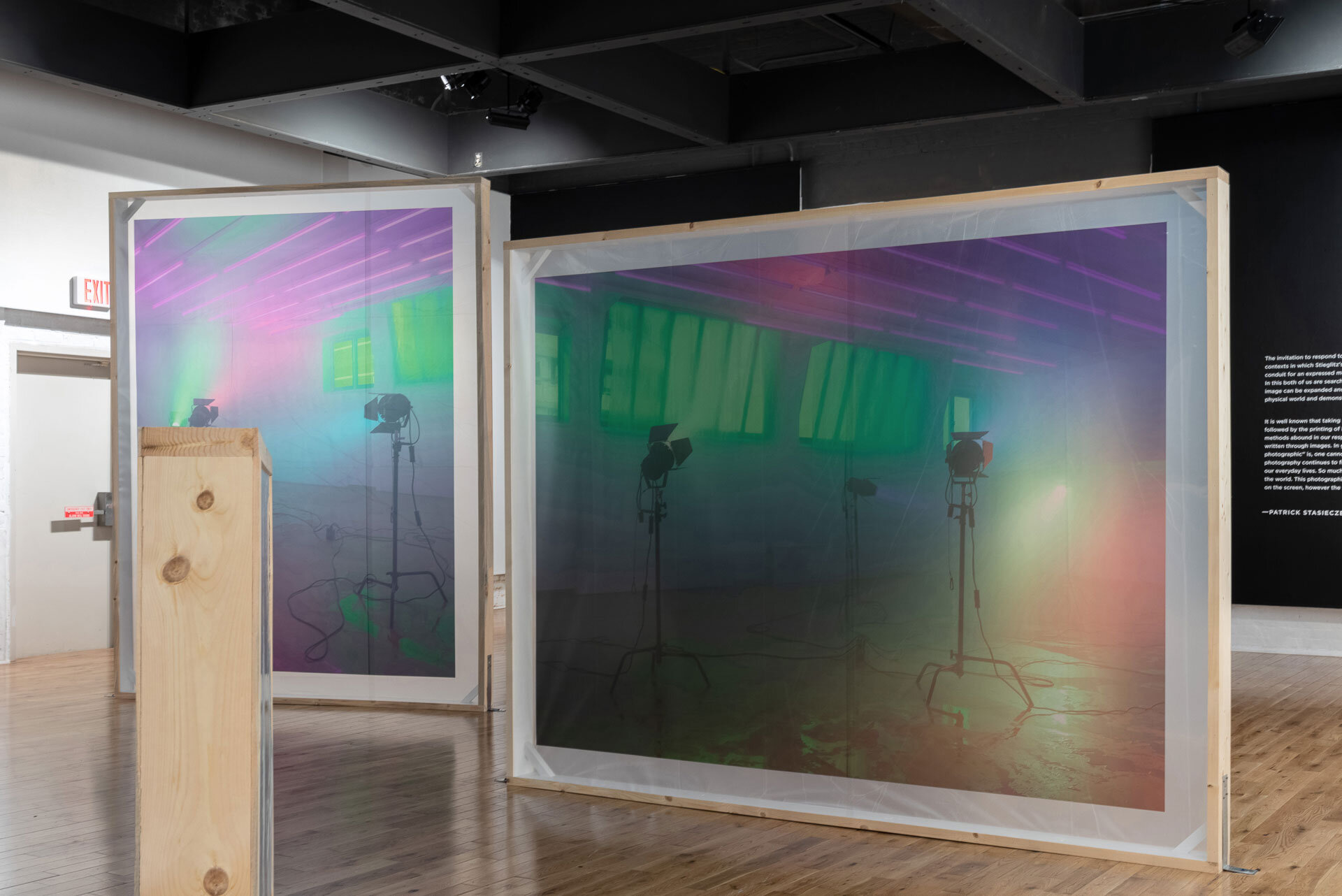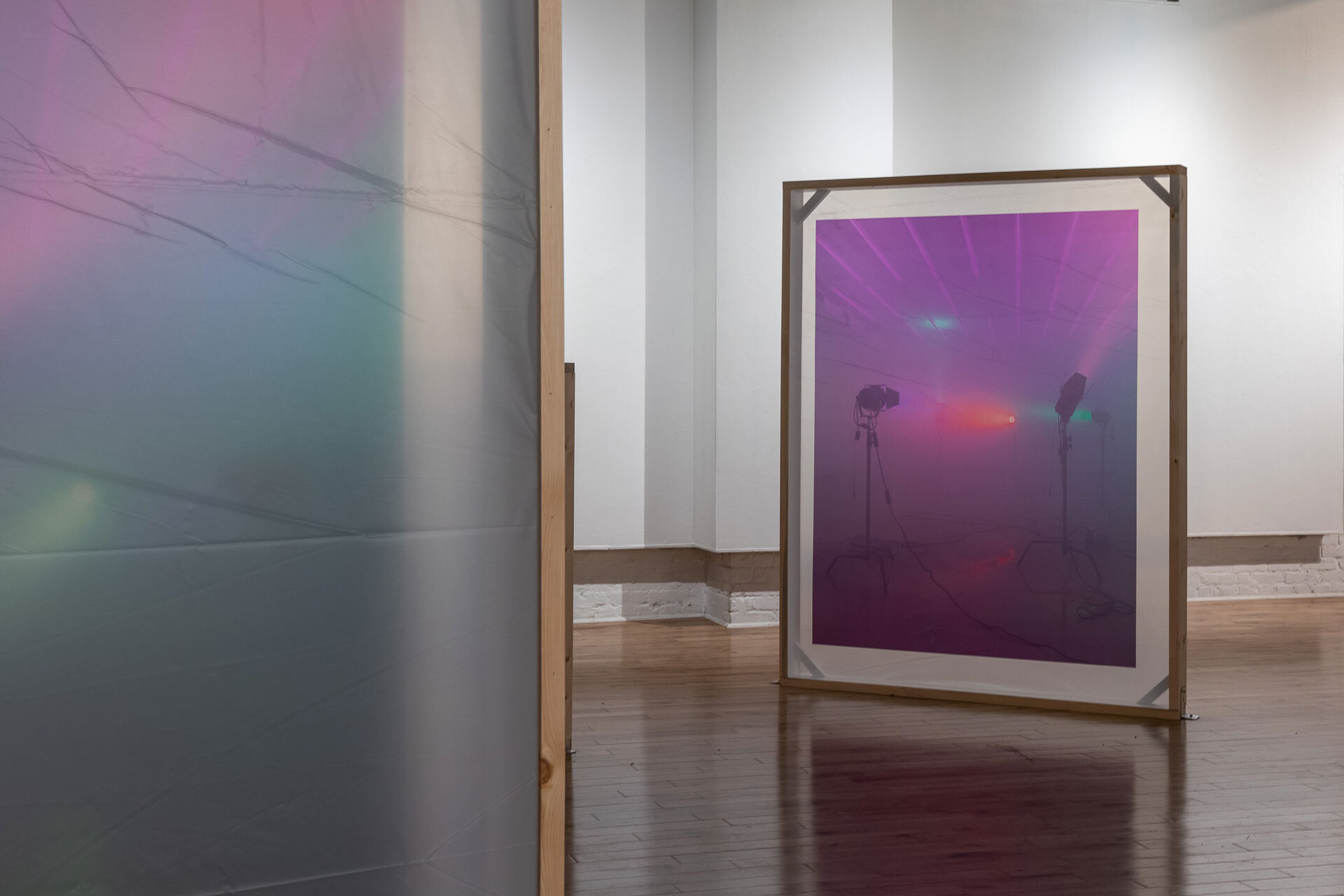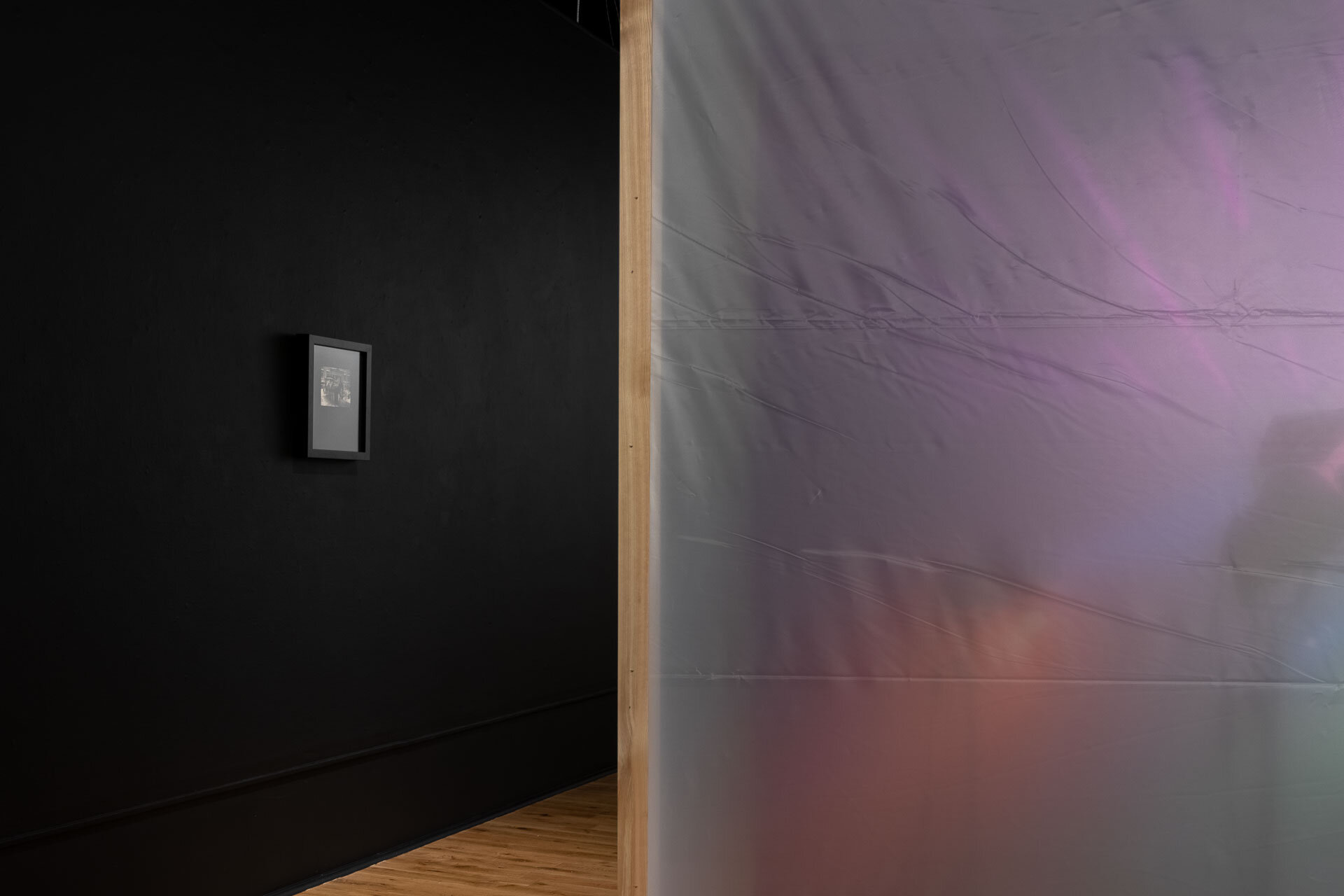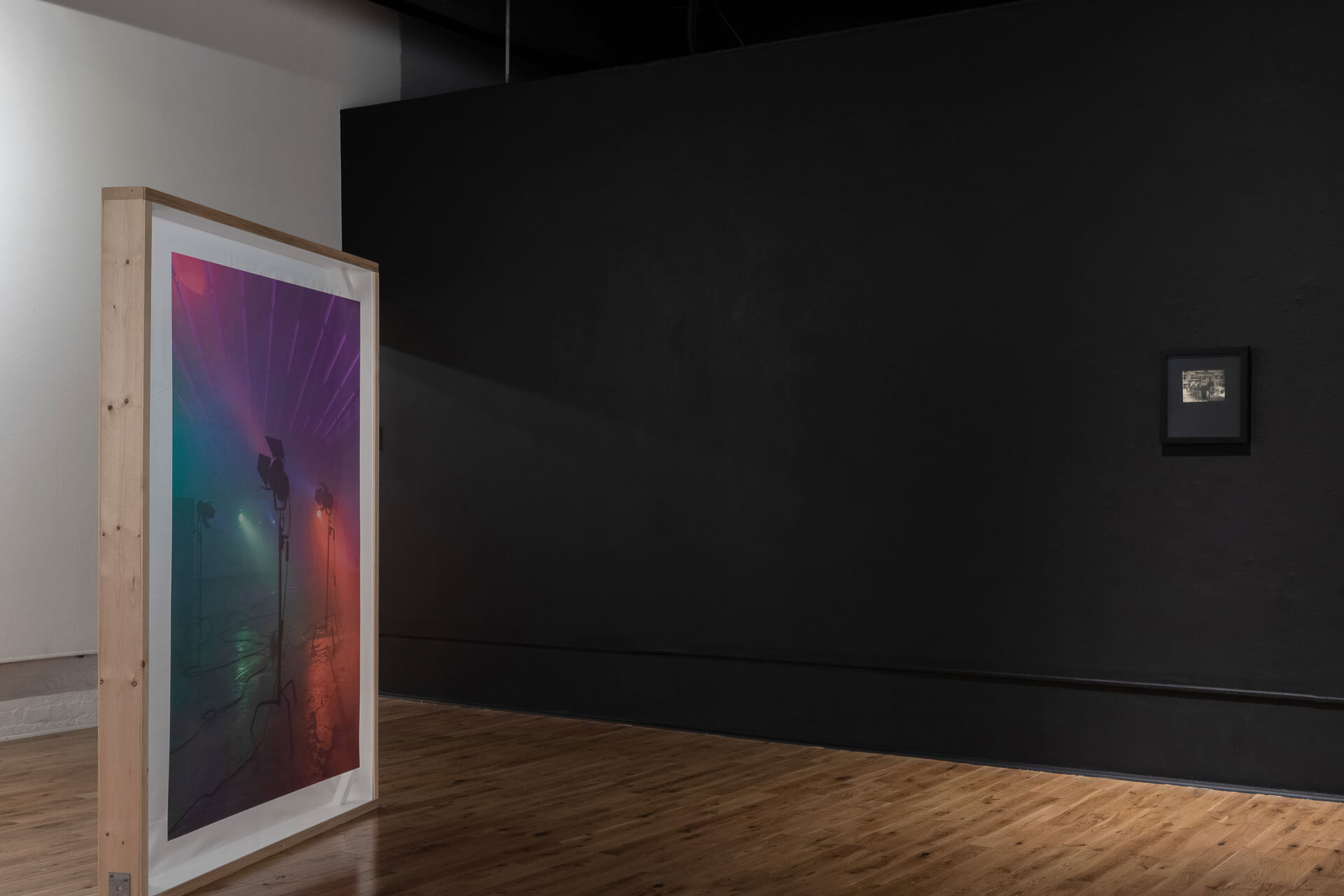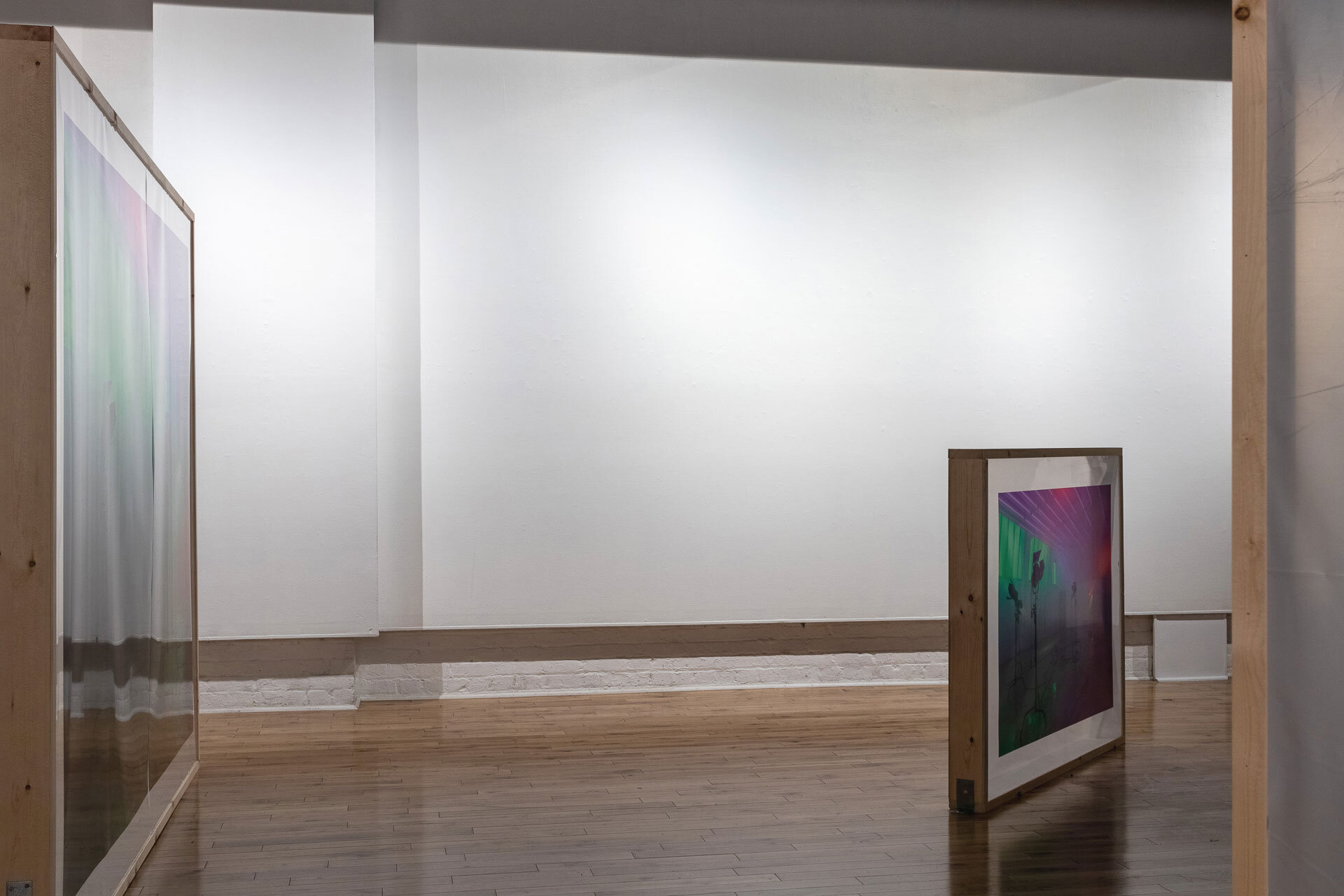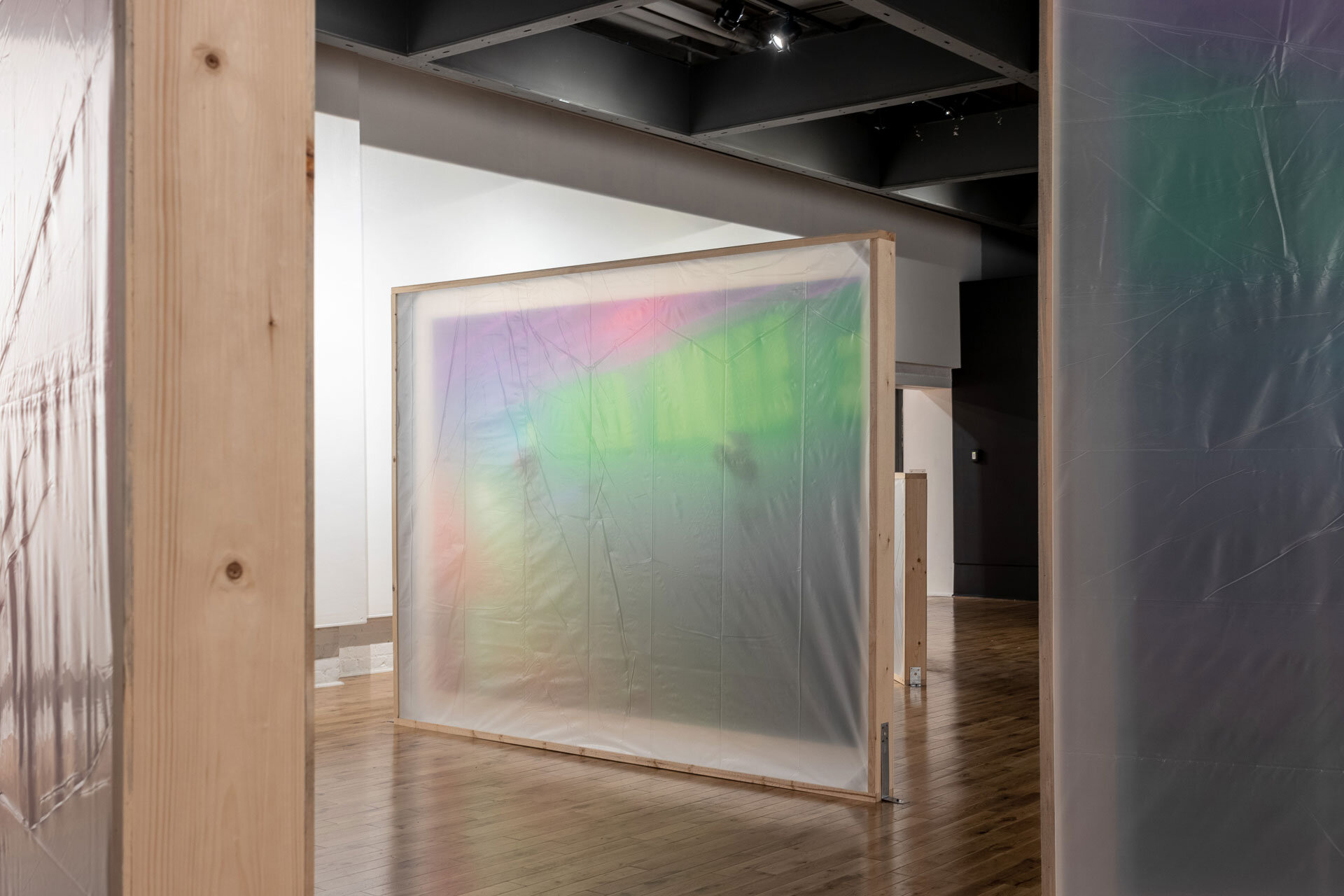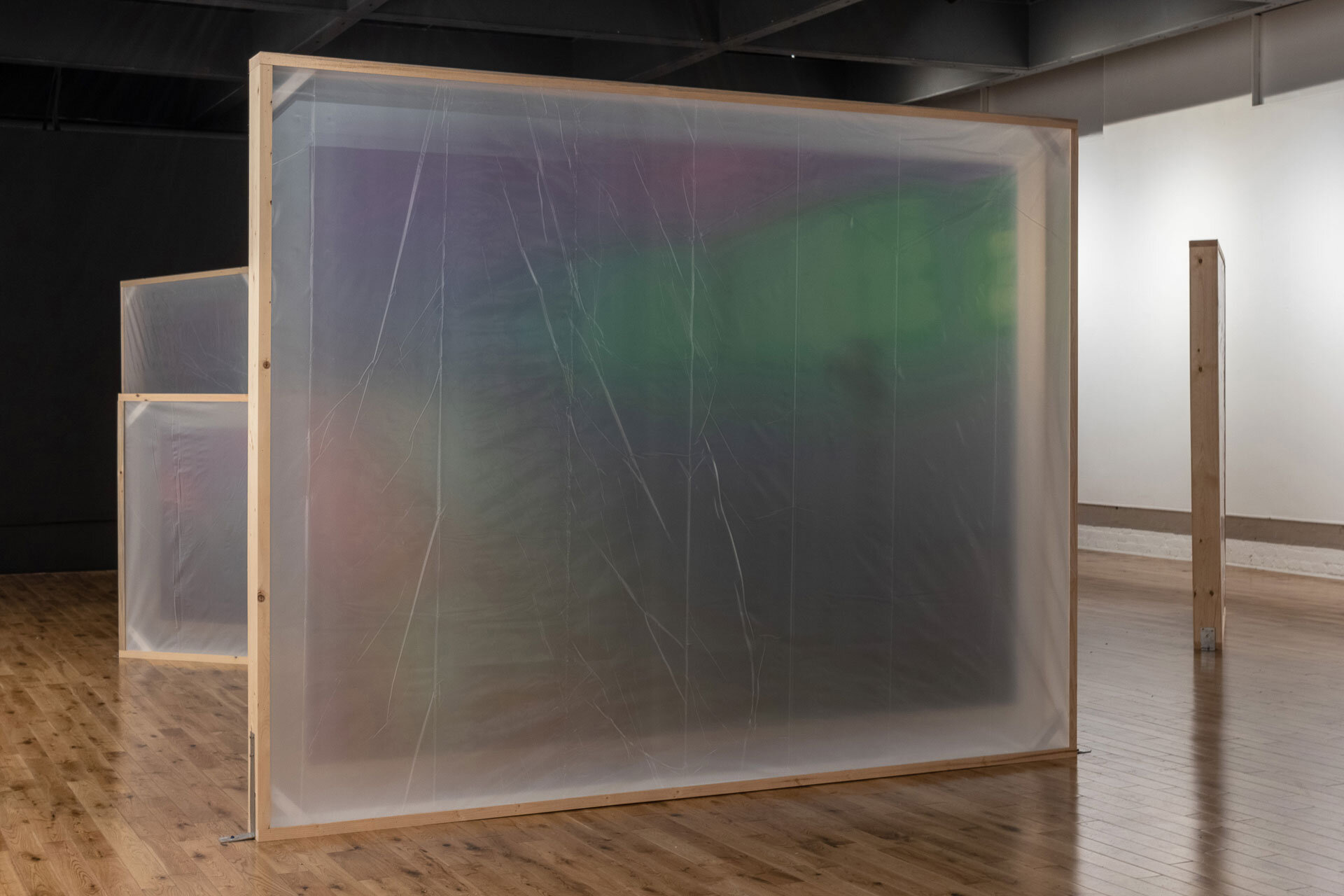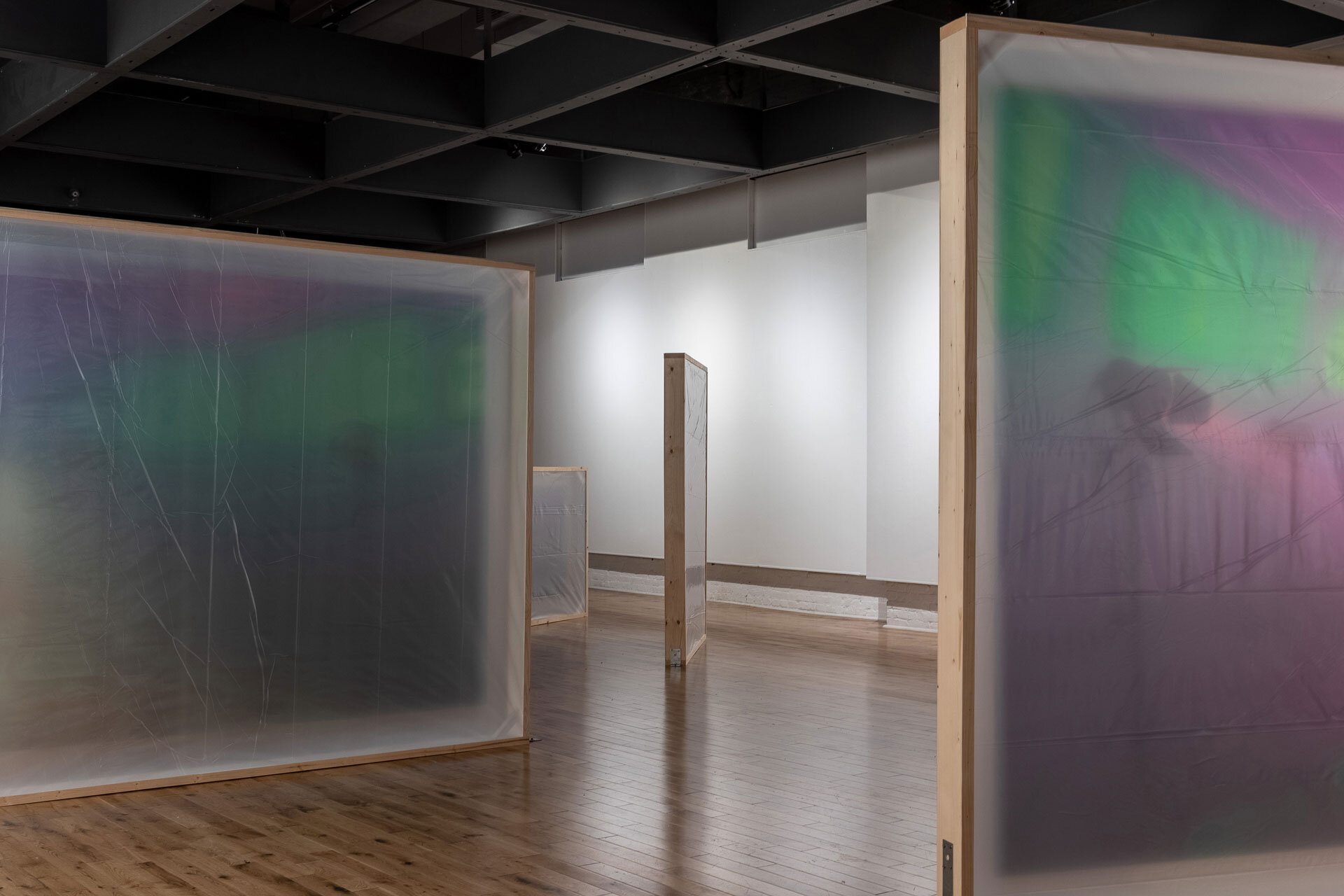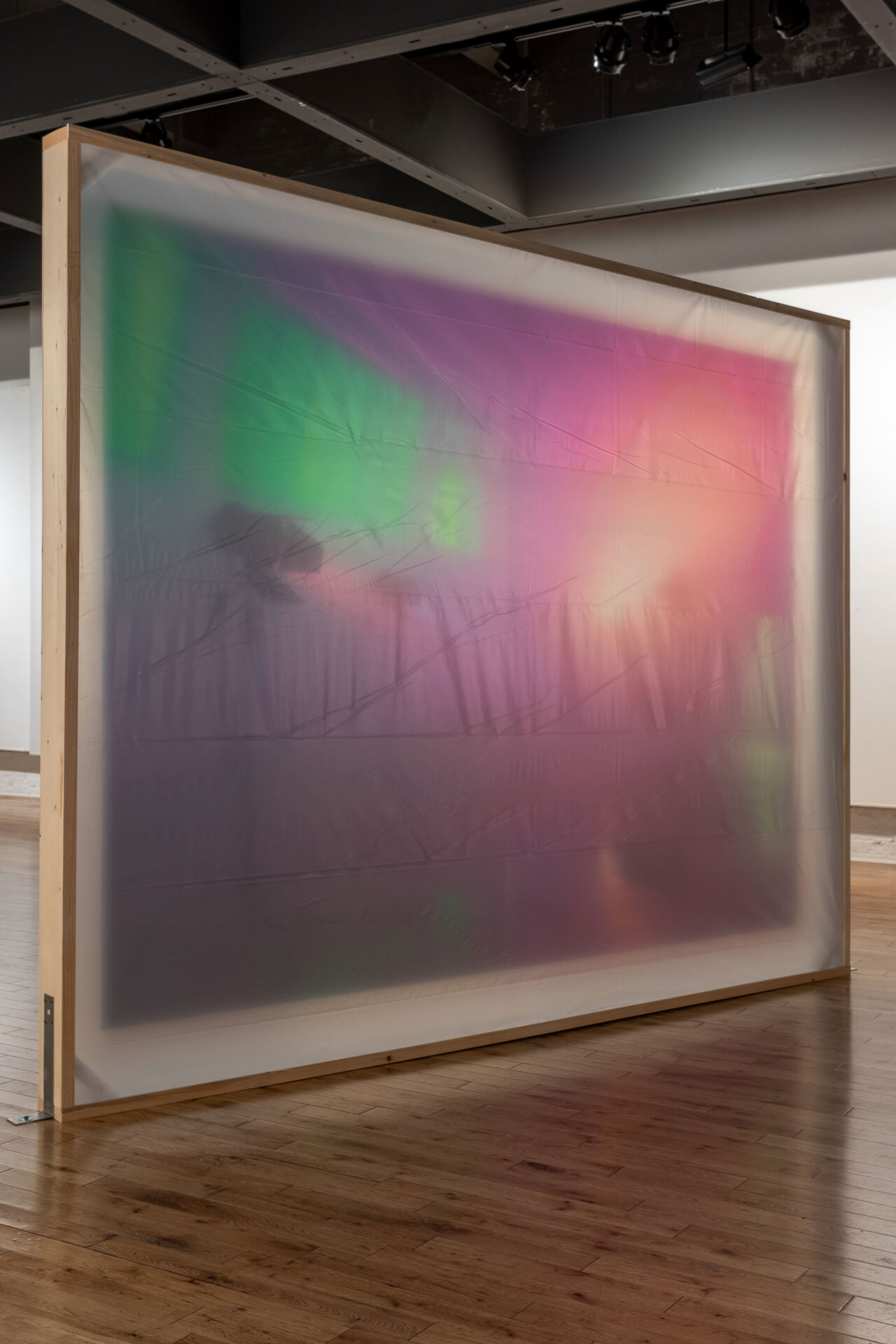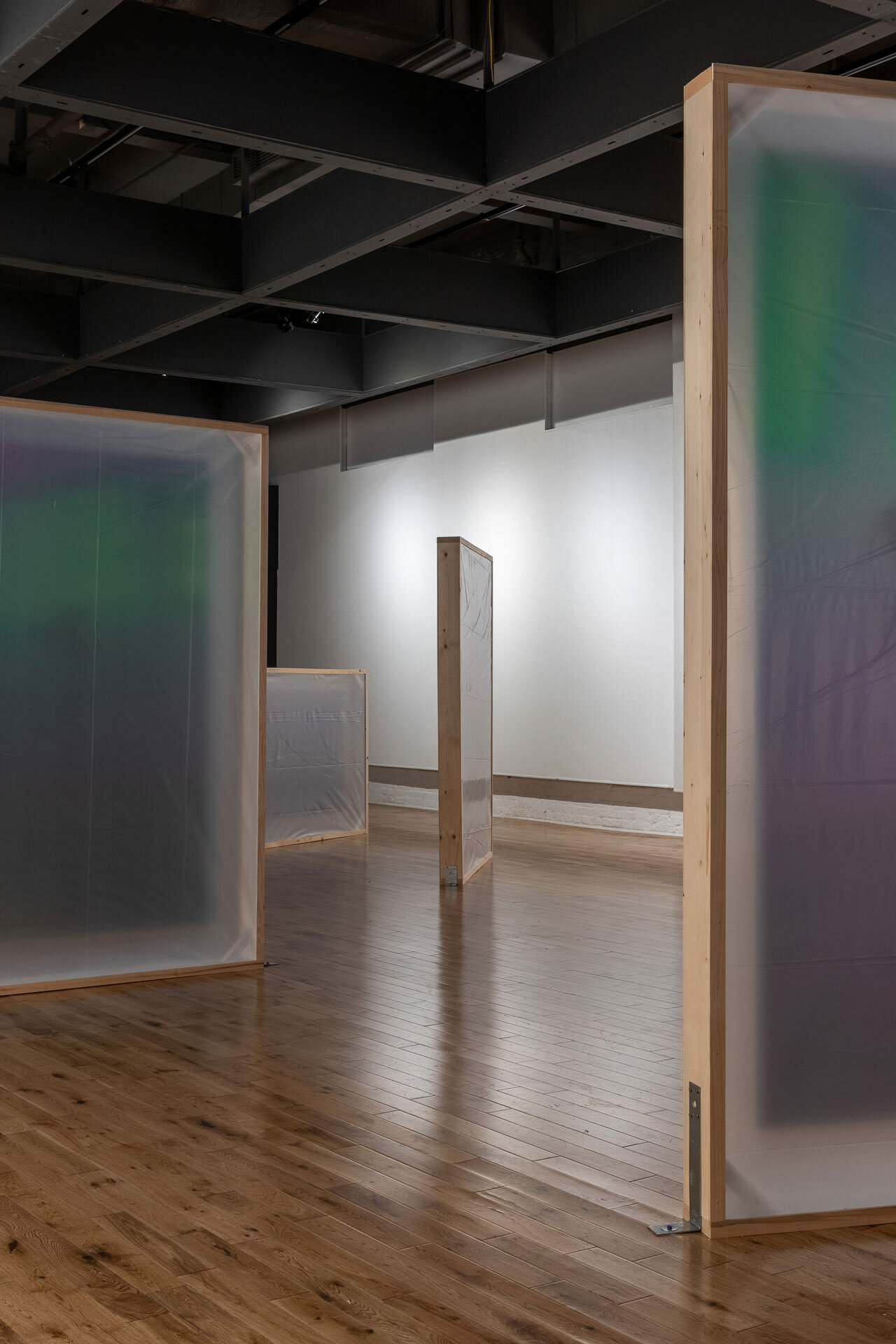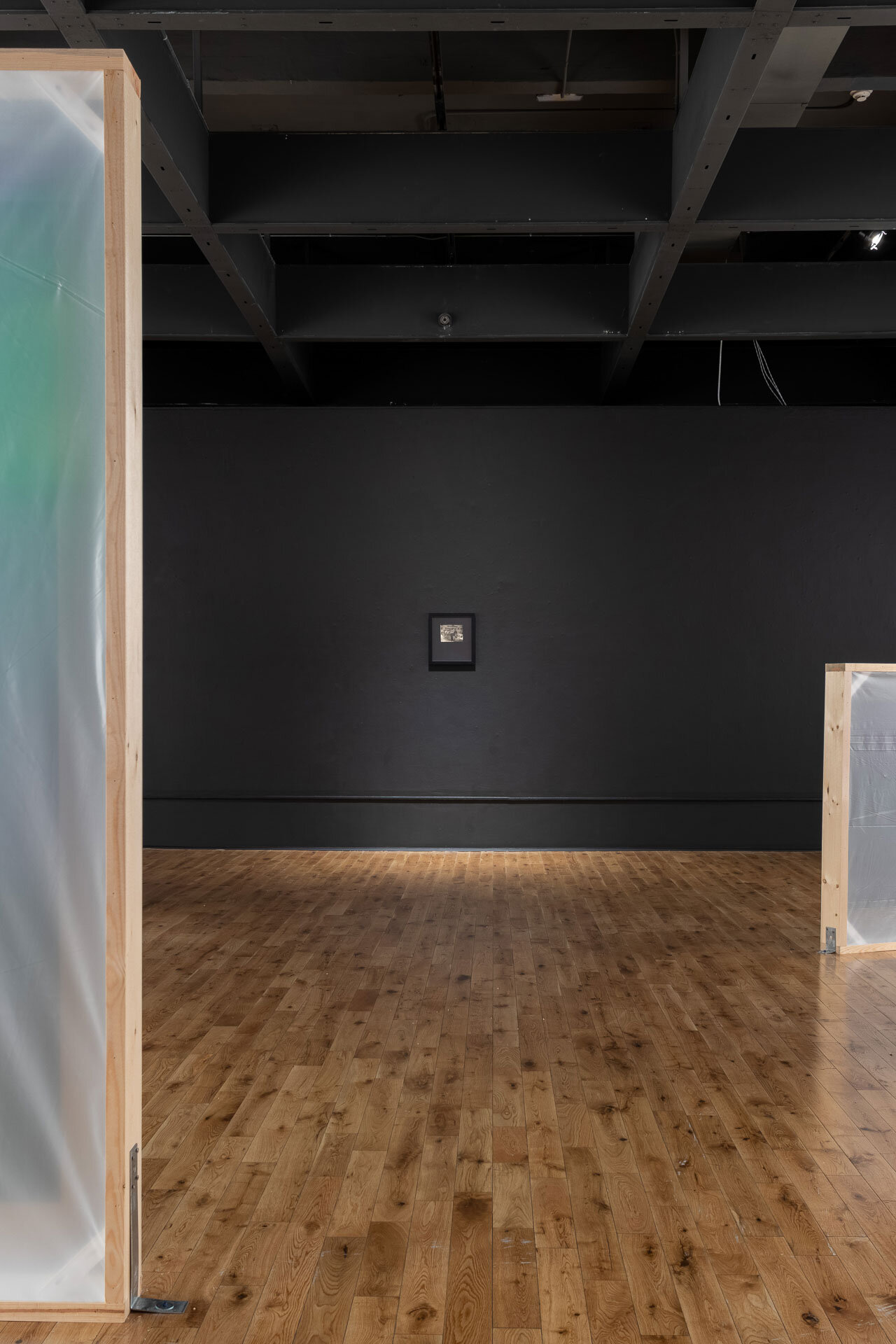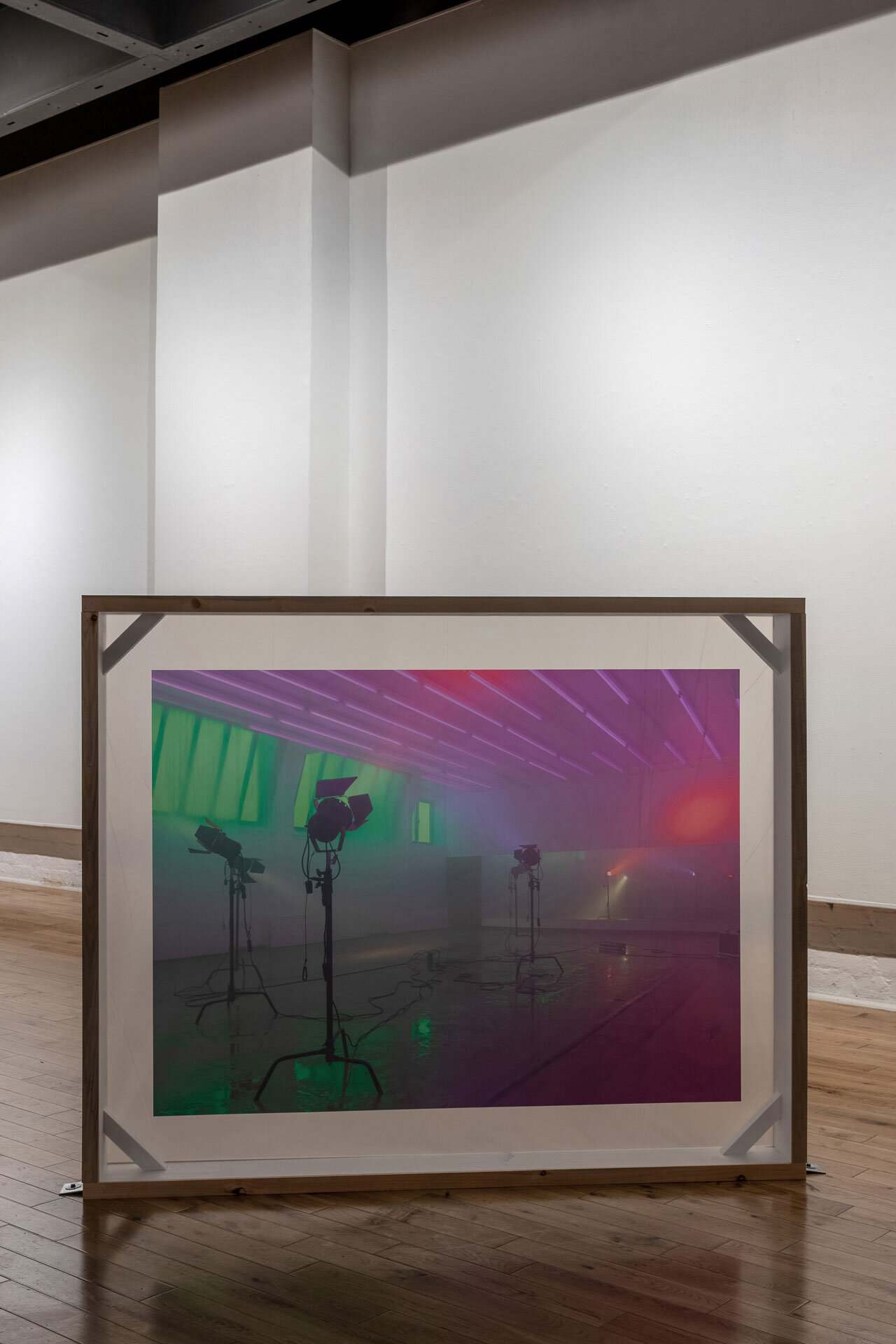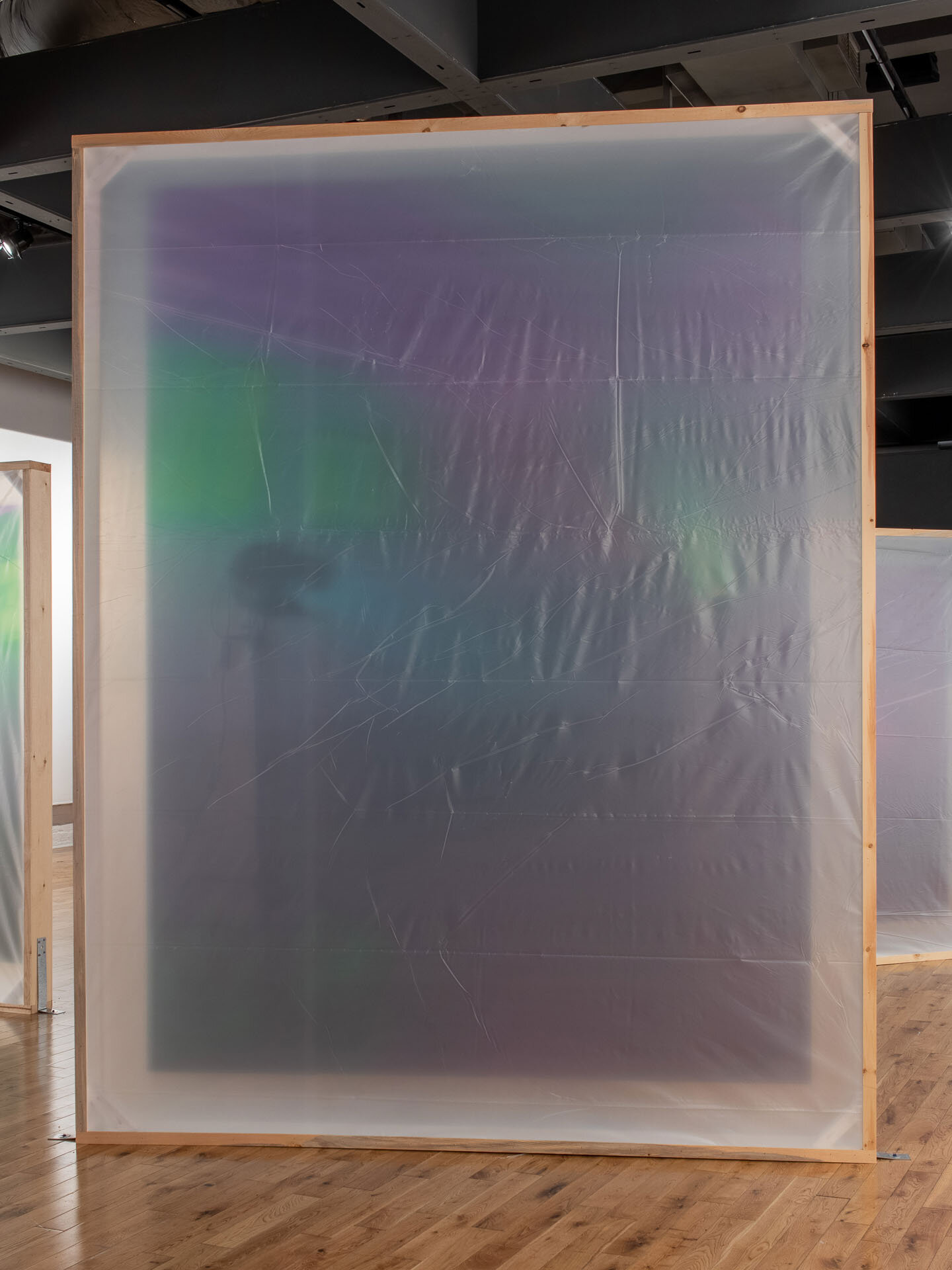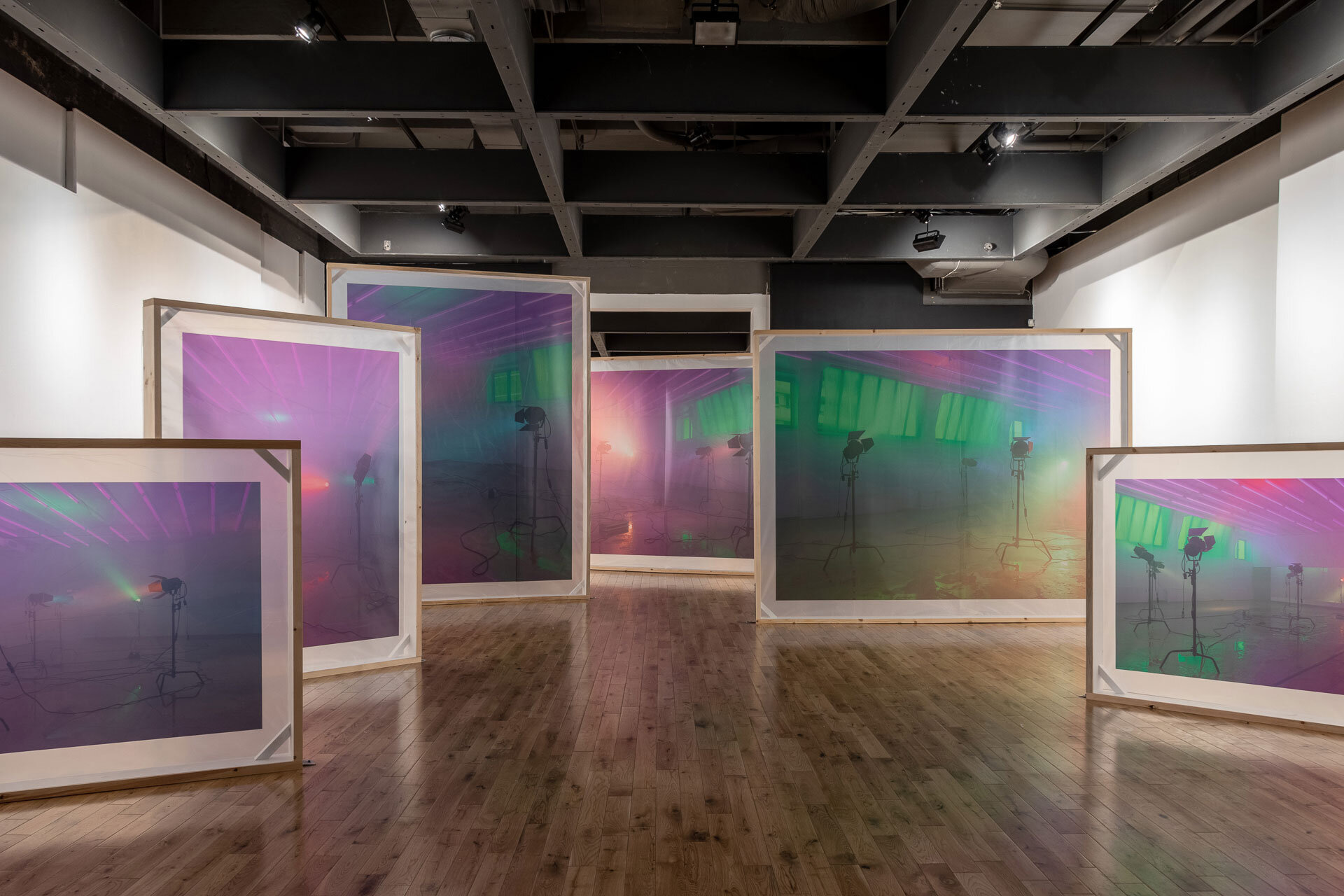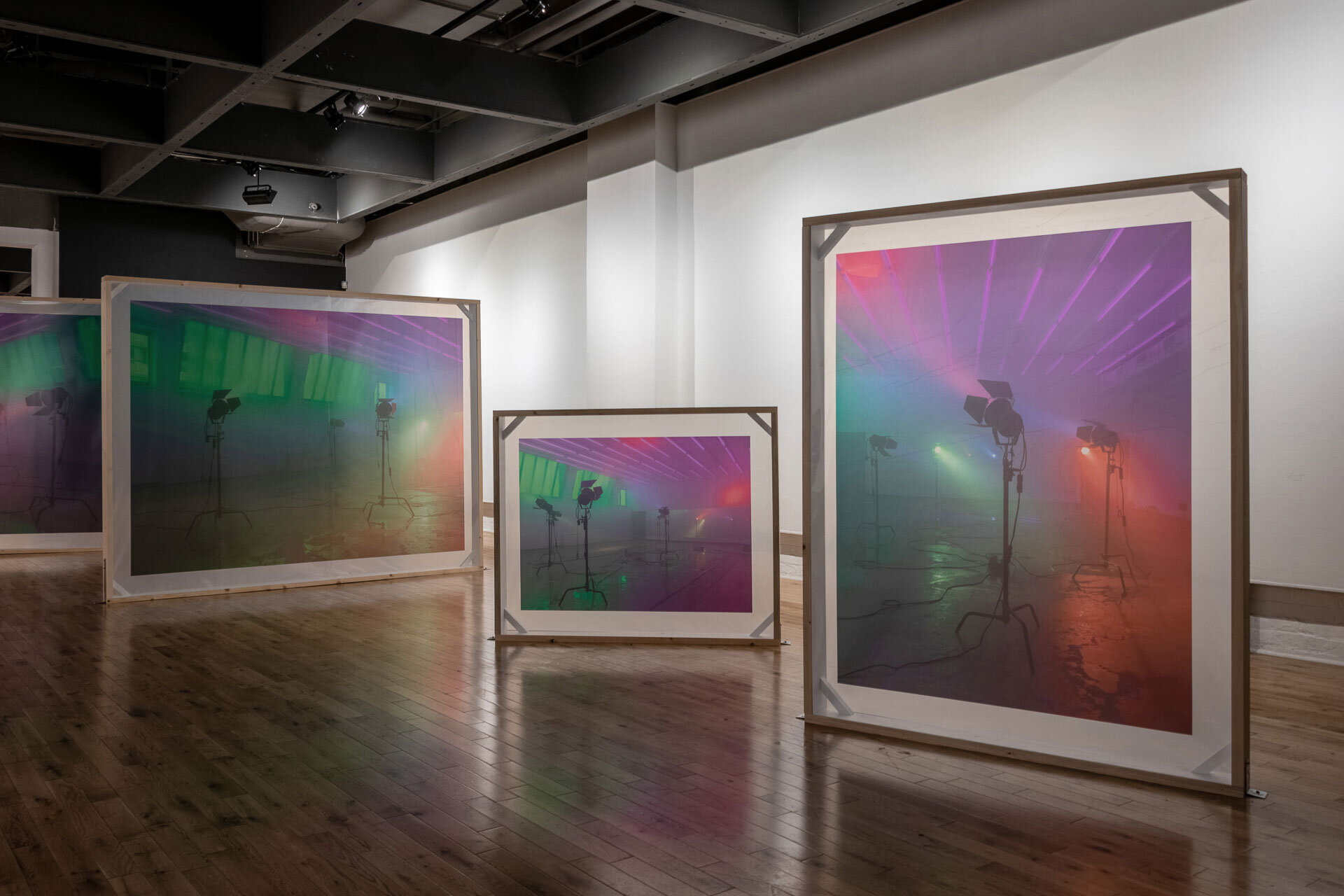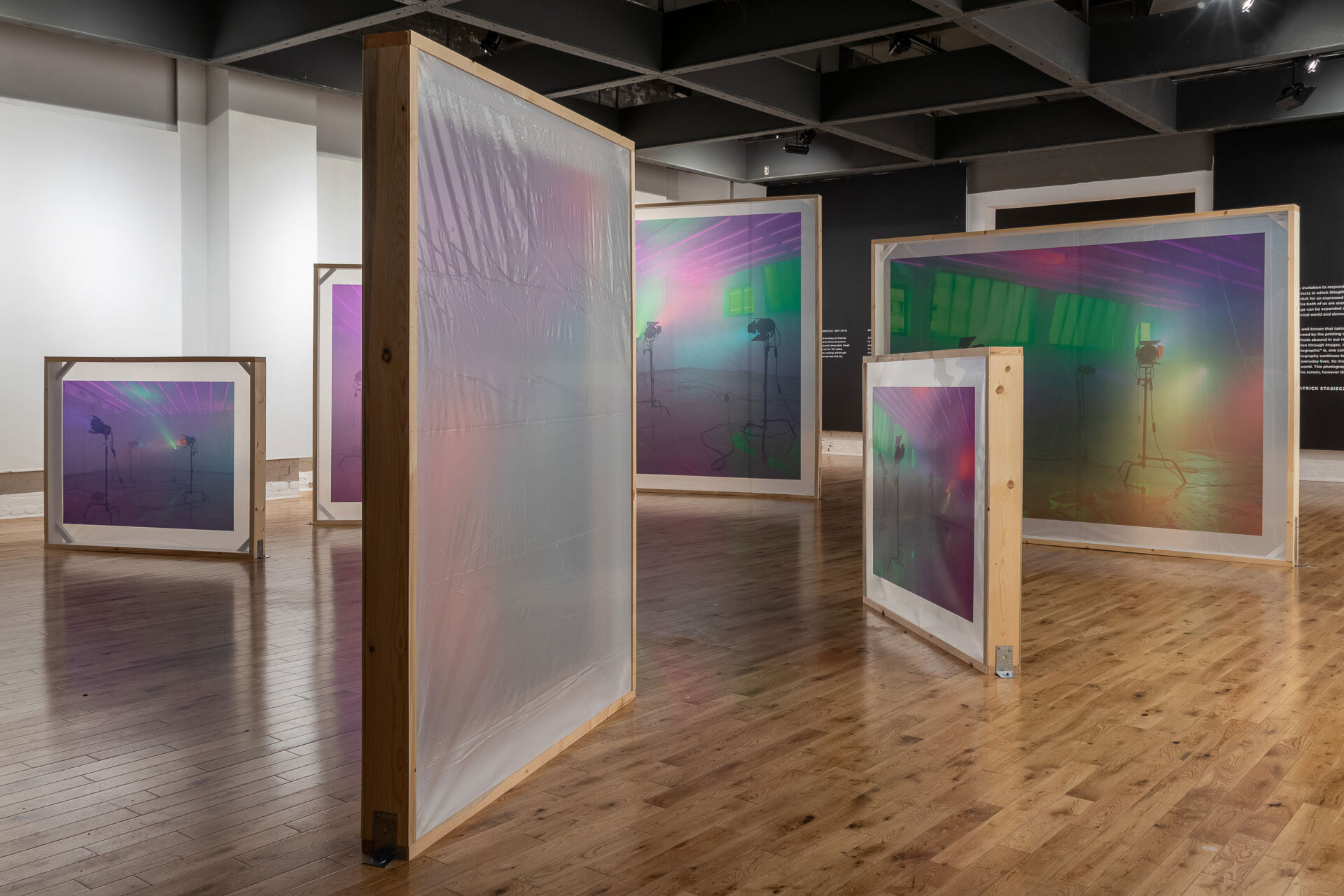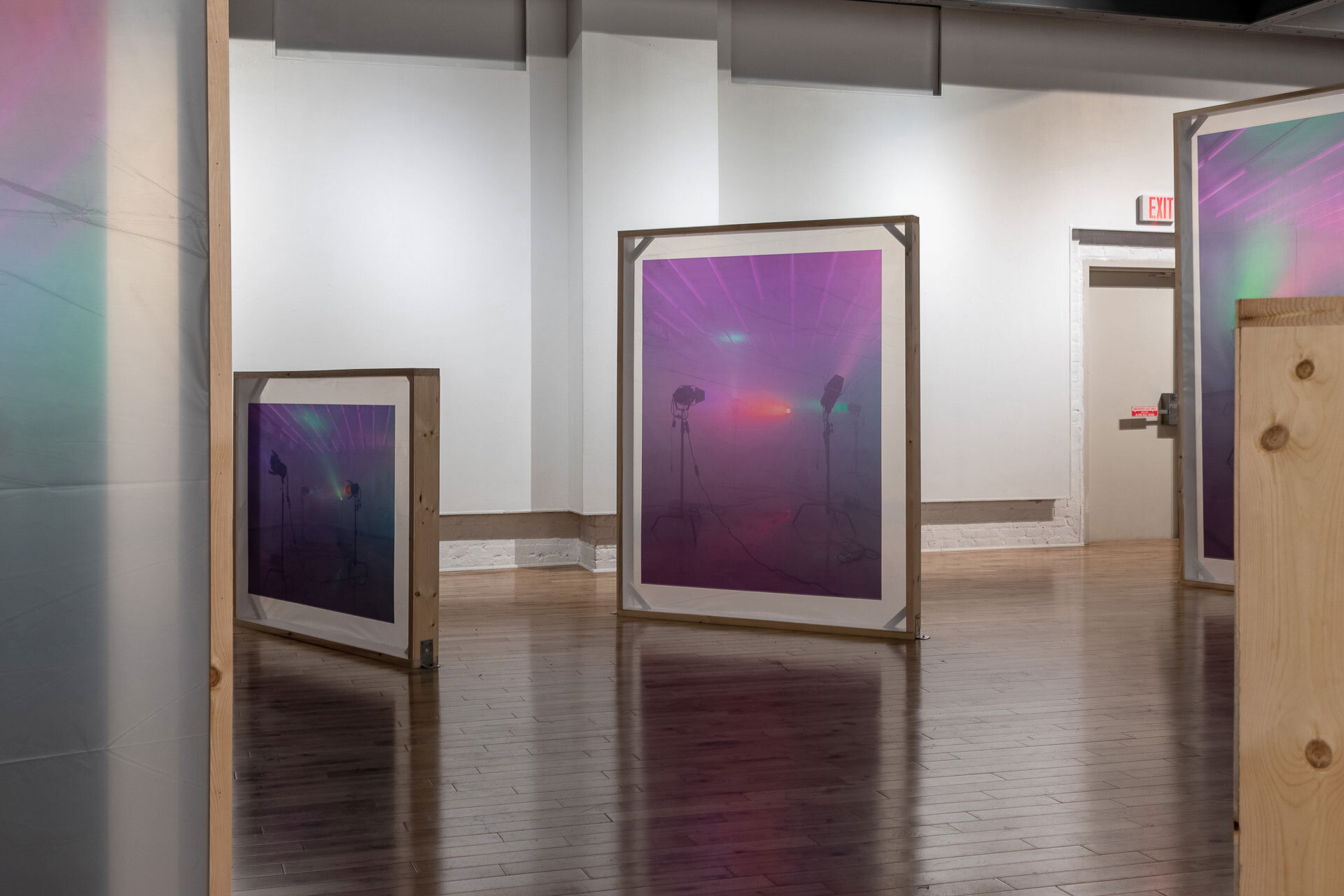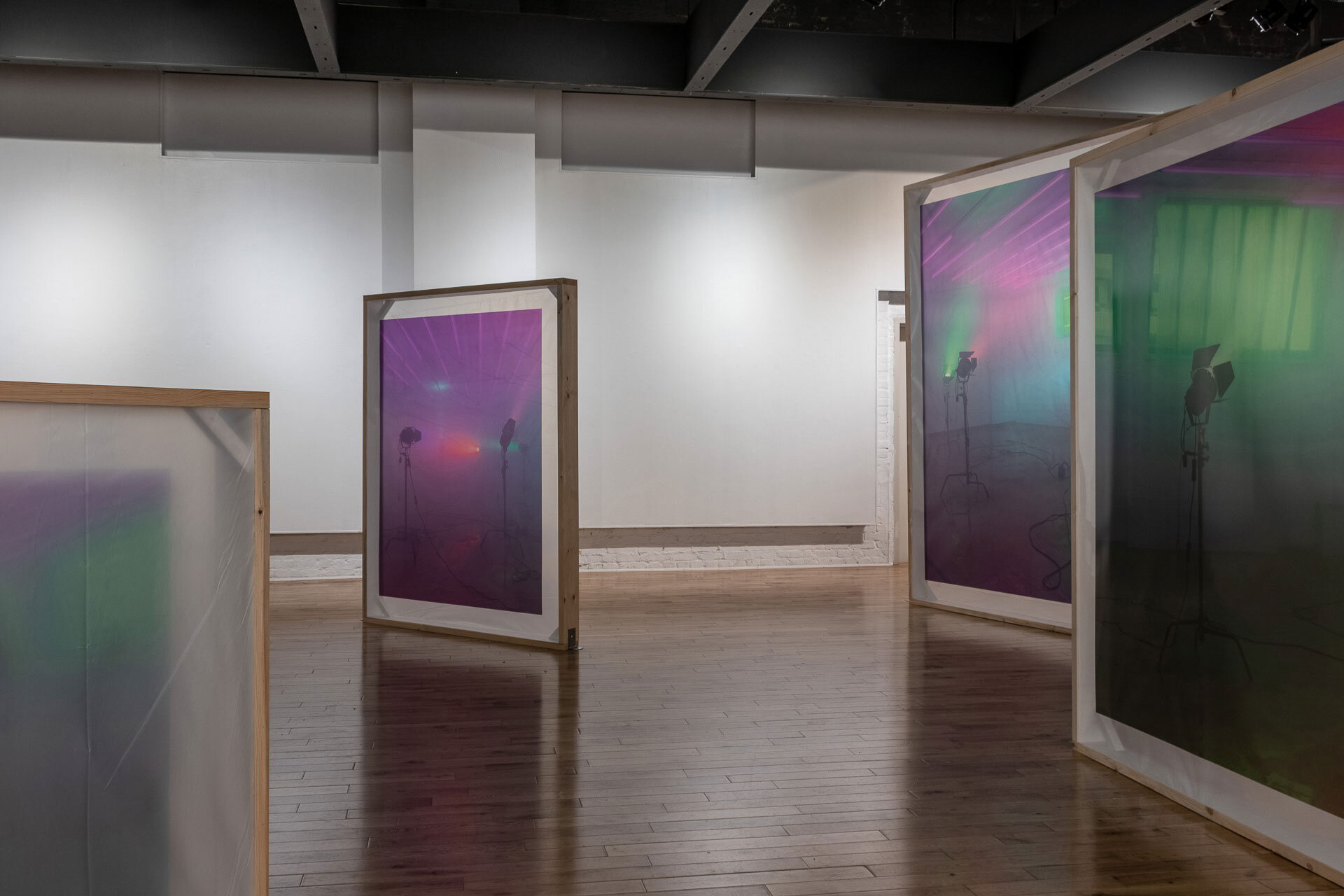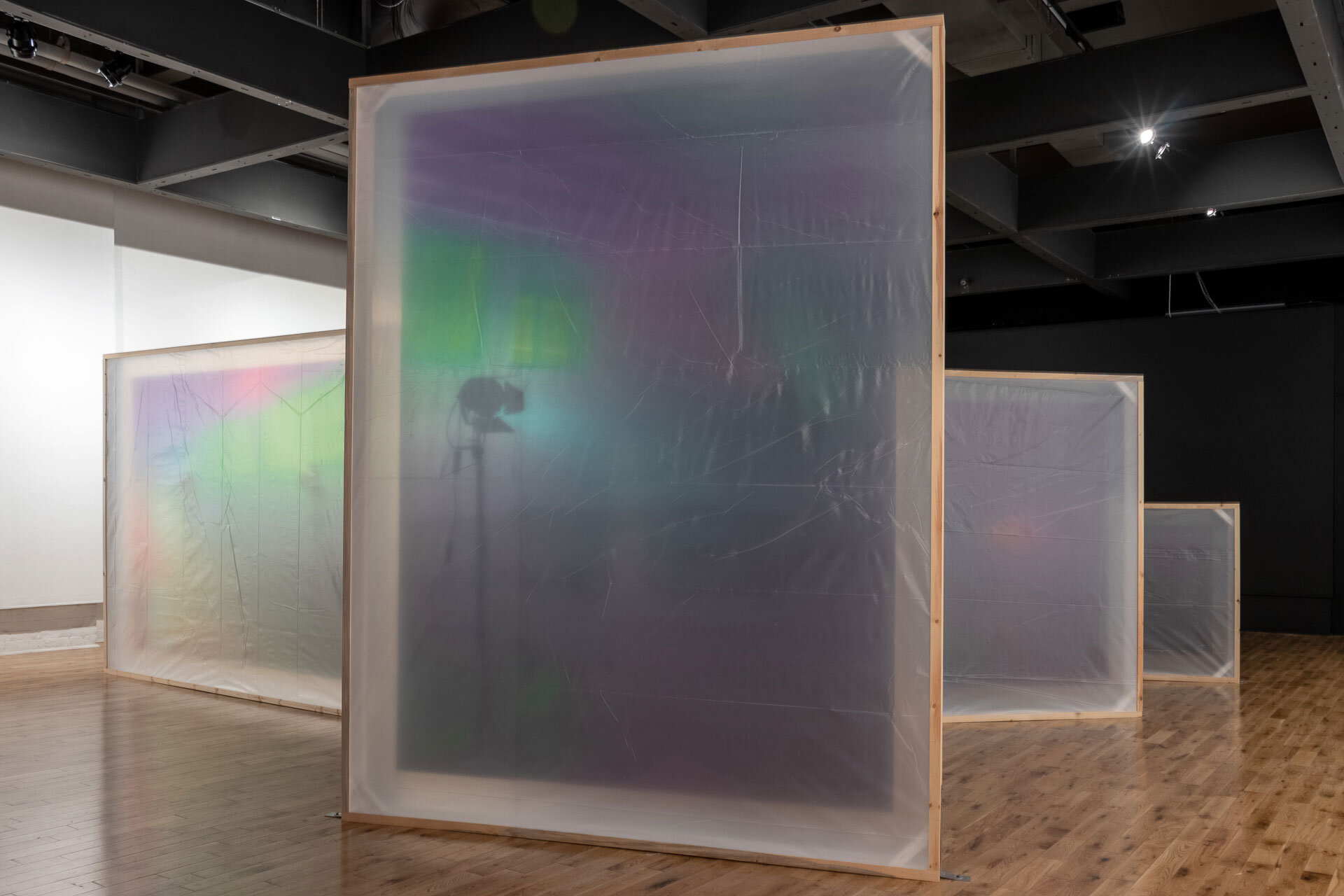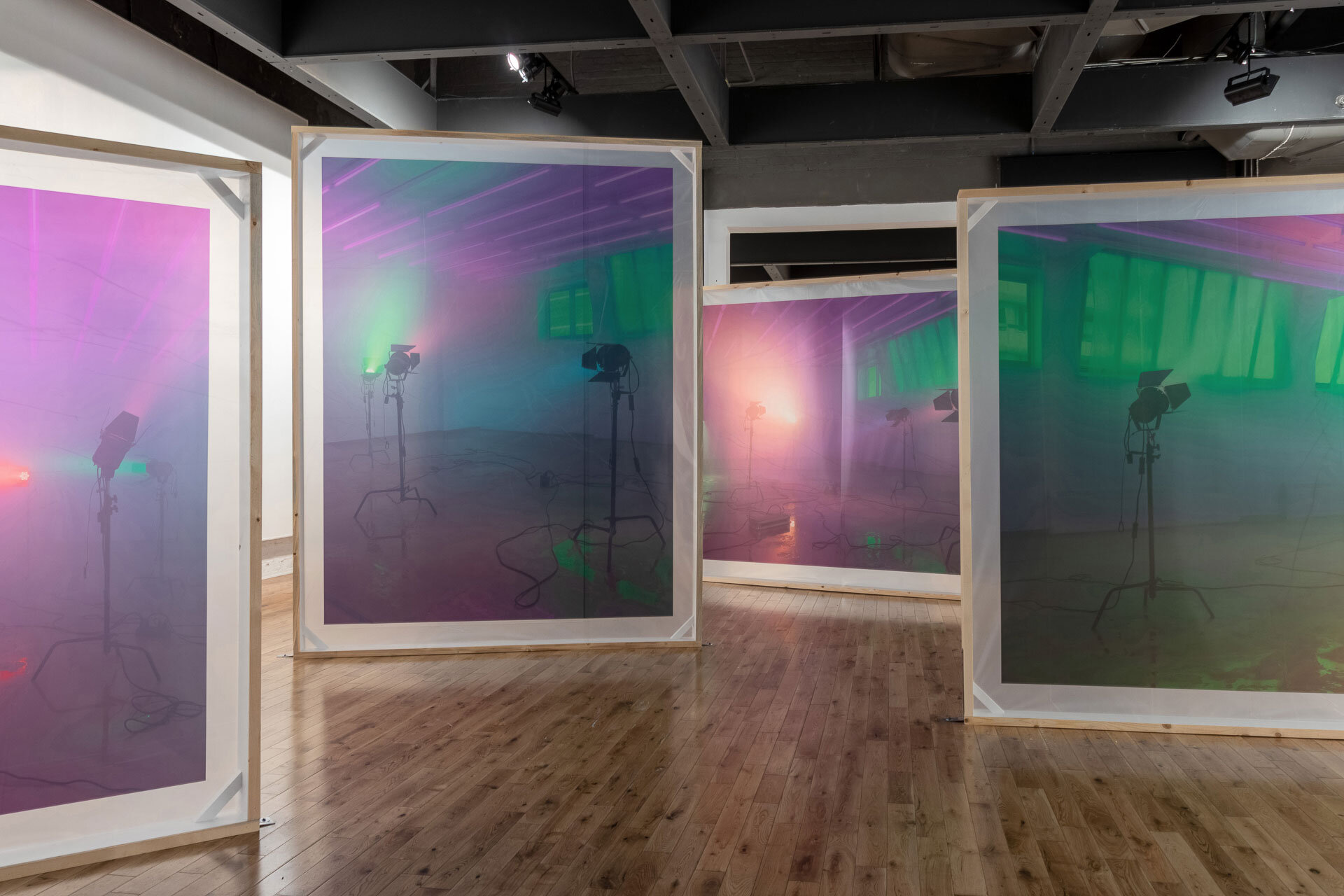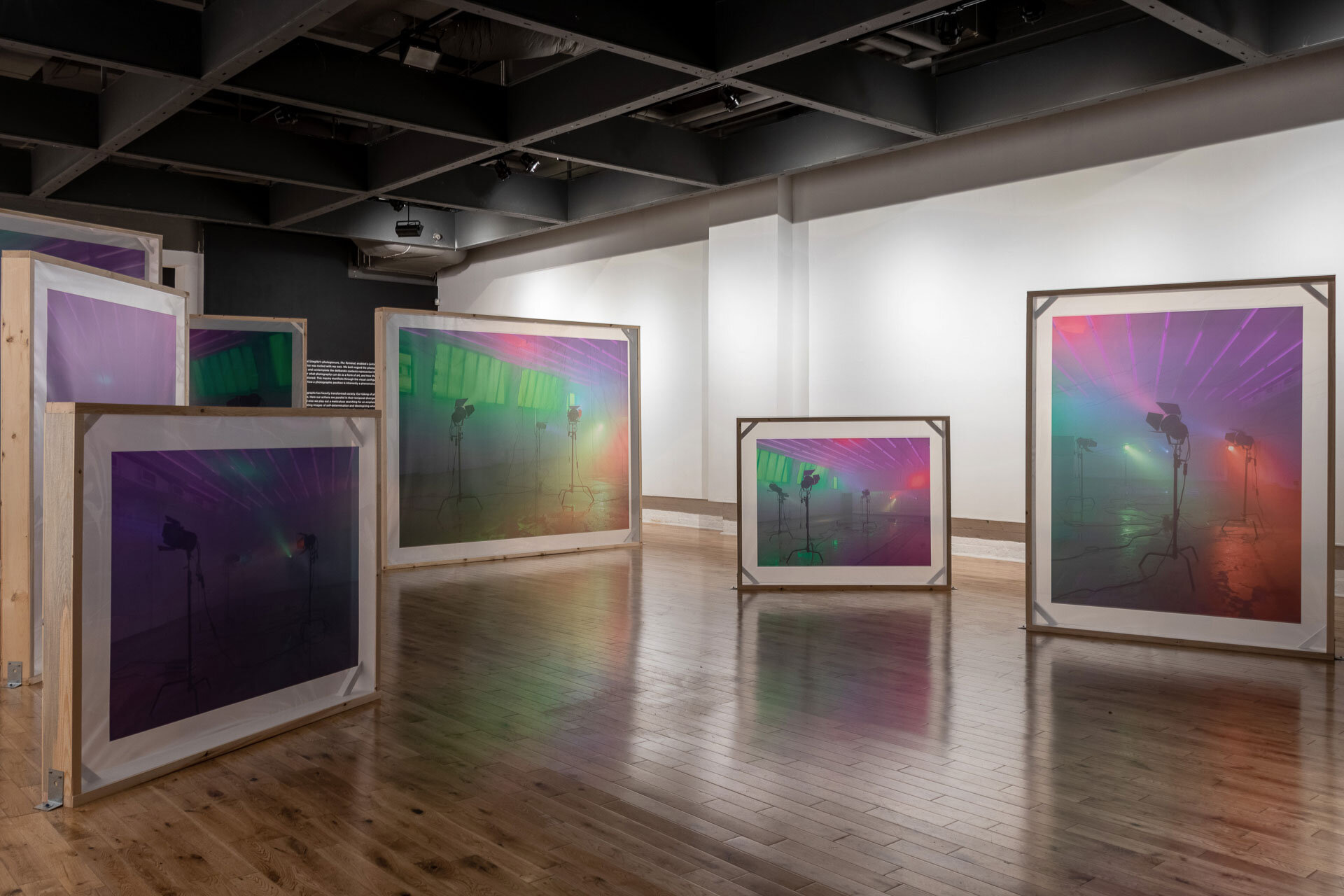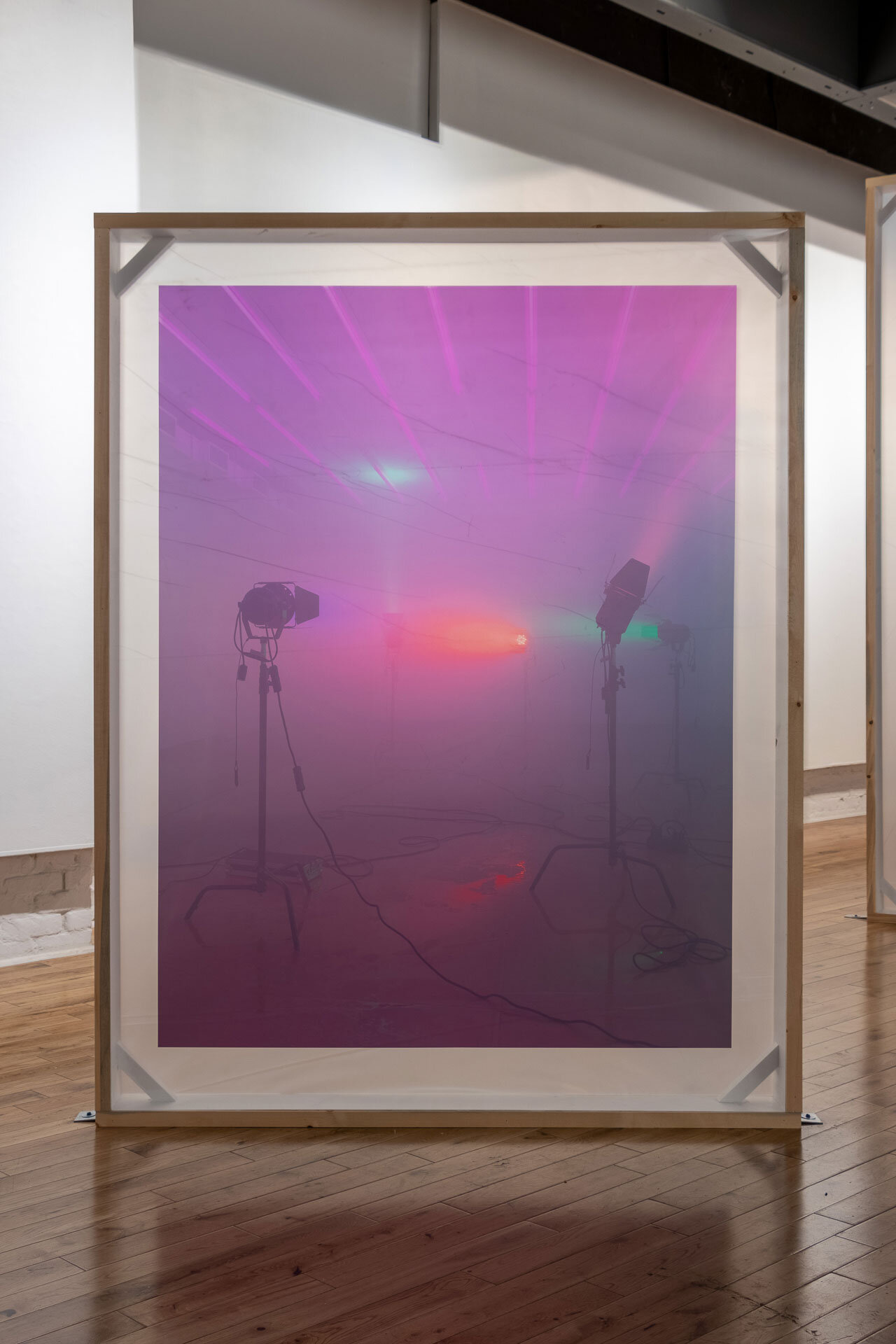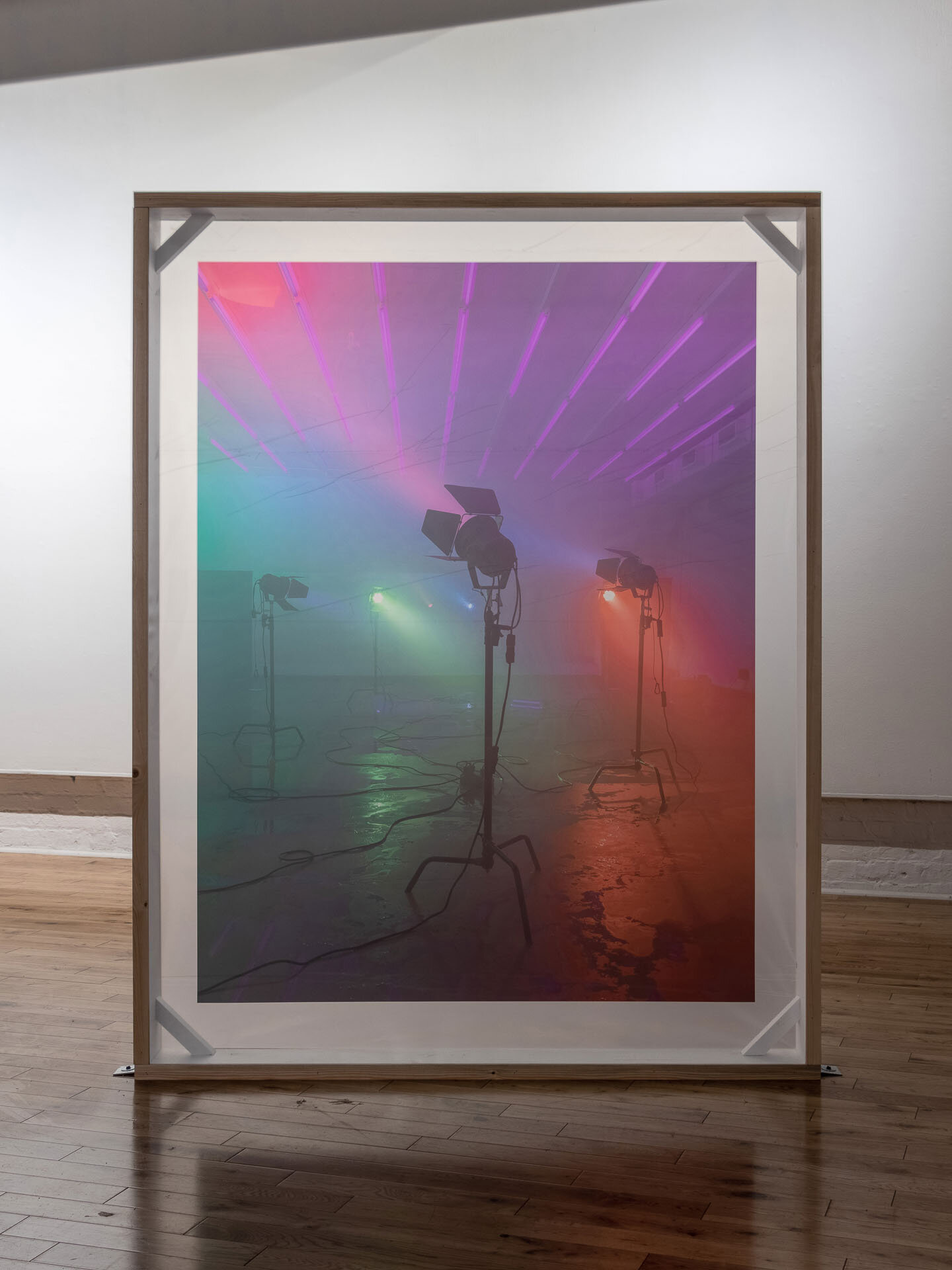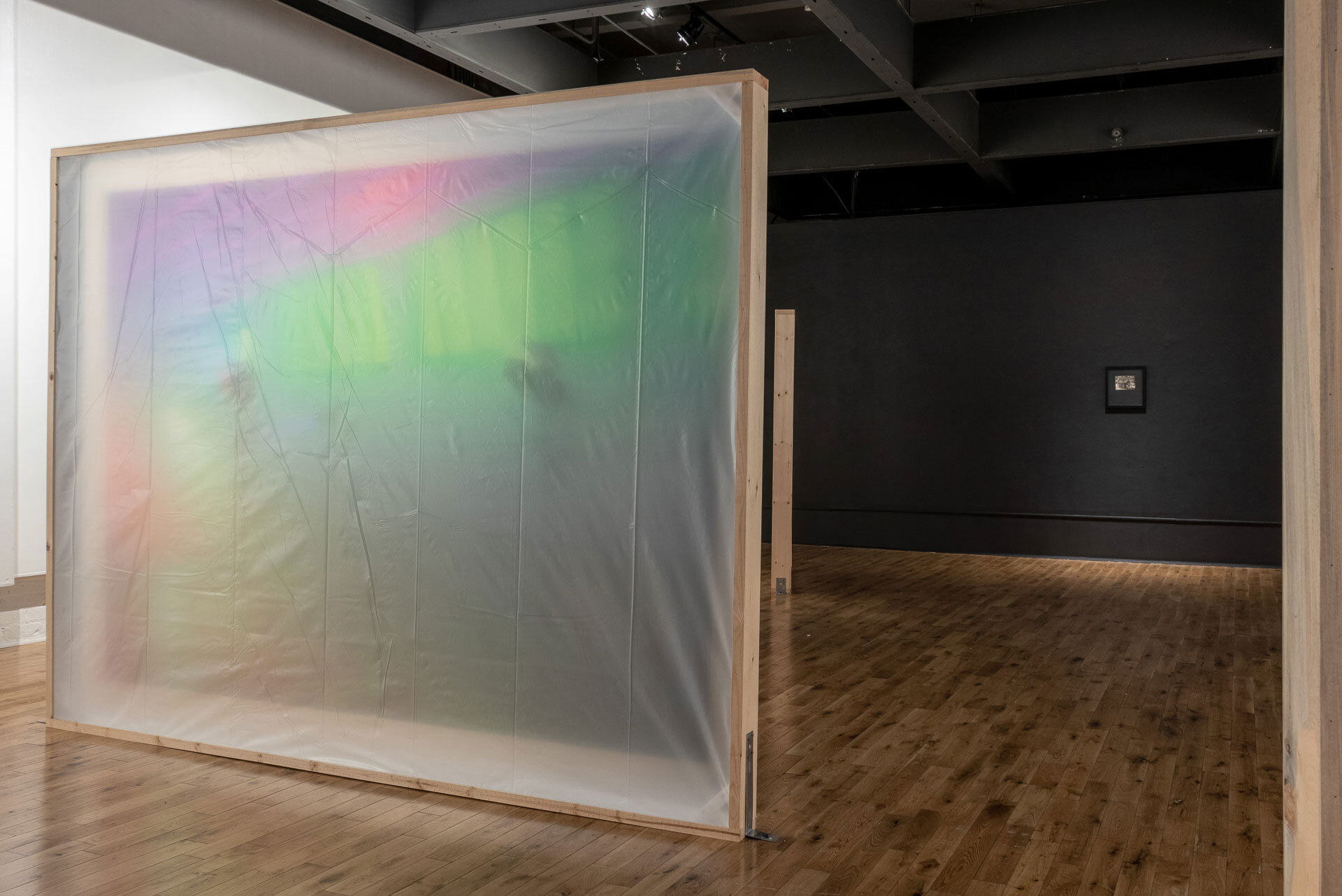TERMINAL: PHOTOGRAPHIC ORIENTATIONS
Installation Room
Pensacola Museum of Art, University of West Florida Historic Trust
August 27 - October 18, 2019
Canadian visual artist and curator Patryk Stasieczek reveals his site-specific and photographic installation by directly responding to Alfred Stieglitz’s photograph captured in 1893, The Terminal. Selected pieces from the Pensacola Museum of Art’s permanent collection have been included to consider photography’s vast transformations and impact by incorporating artworks from the twentieth and twenty-first centuries.
Here, the two artists live side-by-side in the gallery, exemplifying the radical shifts from Pictorialism to Contemporary Art within photography’s pivotal history. Through the search for meaning, these artists explore movement, modernity, experimentation and accessibility through photographic orientations and their proceeding influence on the world.
The handheld camera became the apparatus for pressing photography beyond mechanical reproduction, navigating everything from early Kodak family snapshots to present conceptual art landscapes. Over time, artists adopted photography and included the medium in their traditional practices. Making meaning in works of art by exploring human experience, space, and light, started to broaden to include all modes and mediums. The exhibition is an example of where photography came from and where it may go.
Photography has become part of our daily lives. Images have helped to define our realities and, as a society, we strive to question that which is presented to us. We do this everyday when we look on screen, read the news, or capture a selfie in the mirror. How does perspective allow for freedom of expression to exist?
Patryk Stasieczek extends an emblematic and phenomenological approach in homage to Stieglitz as he maneuvers through an orientation of photography as a method of queering image space. Searching through experience, the artist explores mood through photographic strategies from a history of printed matter and installation. Photography remains as an ever contested symbol for transformation, and proceeds feverishly, converging memory with new media and analogue methods. Artists continue to rethink photography’s relationship to printmaking, sculpture, painting, installation art, and existence.
For this exhibition, much like Stieglitz, Patryk Stasieczek was asked to respond directly to a work of art, and to intervene with adjacent artworks and historical objects from the Pensacola Museum of Art permanent collection. Seen here are his choices, movements, and arrangements and the culmination of hours in darkrooms, computer laboratories, and curatorial sites. He worked closely with curators, and key museum staff to create framing, lighting, painting, and positioning choices. His choices were as important to the work as the materials you see around you. The artist visually asks the audience to navigate themselves inside the installation and to look closely at the environment built and adjusted for them within this space of the gallery in Pensacola, Florida.
Many artists expand on a theme and reveal iterations of previous works in other spaces in order to explore recurring ideas. In this installation, Stasieczek responds to the rigour and “obsession” of Stieglitz’s practice and also draws upon a previous intervention of artwork from his own body of work called And Chamber, a site-specific light intervention within a former dance studio at Ancienne École des beaux-arts de Montréal in May 26 - June 2, 2018.
For Stasieczek, the making of the object and establishing the stage are key, and as Sara Ahmed might ask us “What does it mean to be oriented?” Stasieczek formulates these decisions of space into the galleries of a museum for viewers to find. The reinterpretation within specific sites assists in a reexamination of image making and considerations of otherness. Mobility and color choice are important when establishing where experience comes from within the artist’s work. Like Stieglitz, Stasieczek uses natural elements to produce an outcome for orientation to exist that may allow for a sensorial encounter as one may in their everyday.
Both artists examine through their own process beginning with in-camera operations, seeing life through the lens, operating by respective orientations and pursuits. The photograph is not always the media it is printed on, and does not have to be printed on a specific surface or shown in a specific frame. The photograph may live on japanese tissue paper in a magazine, or become a solvent print on transparent media in an installation, or it may become an idea before it is born into action as drawings of light.
From Stieglitz to Stasieczek, these works move together as one. The photographic experience emerges into form if not for a moment, and we may capture an open space held together by imagination for what may be.
Photography is a space to ask questions of our surroundings, and to offer new ways of seeing such realities through colour, light, hue, saturation, and chromatic delights. By ‘seizing the familiar’ the viewer may experience a photographic orientation, and embody the sensations of what realities photography makes new to us through the artist’s unyielding vision.
Installation Room curated by Felicia E. Gail & Anna Wall, exhibition text by Felicia E. Gail
